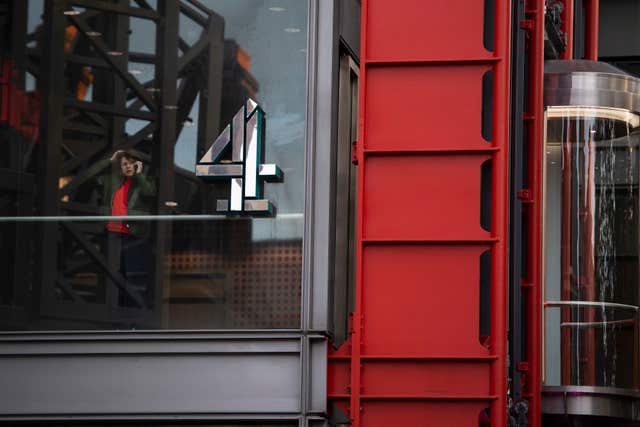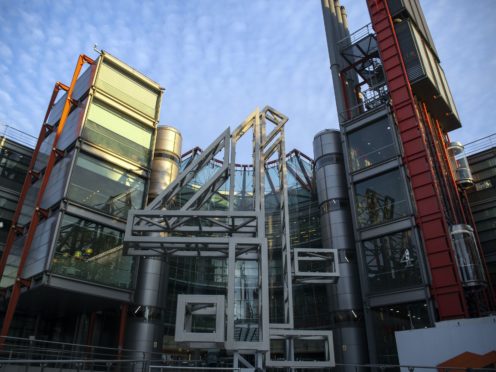A total of 51% of black and minority ethnic (BAME) people think television advertising does not represent different cultures well, according to a Channel 4 survey.
The figure rose to 62% when the BAME people polled were asked whether black and brown cultures were poorly represented in advertising.
This is in comparison to 38% of white people saying different cultures were not represented well, and 41% saying black and brown cultures were badly portrayed.

Channel 4 shared the results of the poll as they launched the annual diversity in advertising awards, which this year aims to highlight the “lack of authentic representation of UK BAME cultures with TV advertising in 2020”.
Judges will award a prize of advertising worth £1 million to the company who pitched the strongest campaign idea, Channel 4 said.
The five runners-up will receive £250,000 of match funded advert airtime.
Matt Salmon, Channel 4 sales director, said: “We know that the term BAME is imperfect, covering a range of different experiences and that the issues of representation and inclusion for different BAME communities are not homogeneous.
“However, the lack of authenticity and mis-representation in the portrayal of BAME cultures in TV advertising is universal and our research shows that the industry isn’t moving fast enough on this issue.
“We hope this year’s diversity in advertising award will once again encourage powerful creative campaigns that deliver positive progress towards reflecting the UK in all its diversity.”
Channel 4 surveyed 500 BAME and 500 white people as part of their research.
